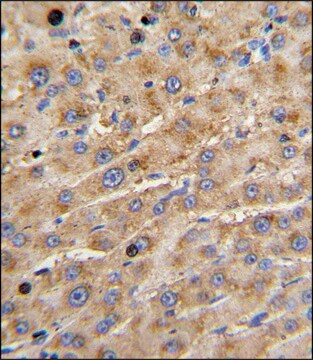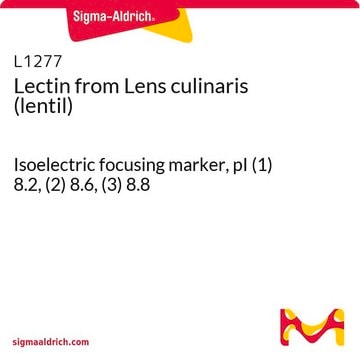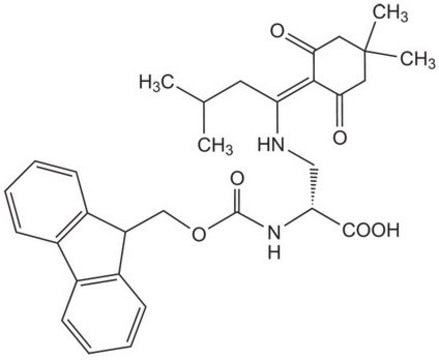AB10525
Anti-EBF-3 Antibody
from rabbit, purified by affinity chromatography
Synonym(s):
Transcription factor COE3, Early B-cell factor 3, EBF-3, Olf-1/EBF-like 2, O/E-2, OE-2
About This Item
Recommended Products
biological source
rabbit
Quality Level
antibody form
affinity isolated antibody
antibody product type
primary antibodies
clone
polyclonal
purified by
affinity chromatography
species reactivity
mouse
species reactivity (predicted by homology)
rat (based on 100% sequence homology), human (based on 100% sequence homology)
technique(s)
dot blot: suitable
immunofluorescence: suitable
immunohistochemistry: suitable (paraffin)
western blot: suitable
NCBI accession no.
UniProt accession no.
shipped in
wet ice
target post-translational modification
unmodified
Gene Information
human ... EBF3(253738)
mouse ... Ebf3(13593)
General description
Specificity
Immunogen
Application
Neuroscience
Developmental Neuroscience
Immunohistochemistry Analysis: A 1:500 dilution from a representative lot detected EBF-3 in mouse cryosections of wild type spinal cord tissue. (Image courtesy of Dr. Giacomo Consalez, San Raffaele Scientific Institute.)
Immunofluorescence Analysis: A 1:500 dilution from a representative lot detected EBF-3 in COS-7 cells transfected with EBF expressing plasmids. (Image courtesy of Dr. Giacomo Consalez, San Raffaele Scientific Institute.)
Dot Blot Analysis: EBF-1, EBF-2, and EBF-3 peptides from a representative lot were probed with Anti-EBF-3 (1:100 dilution). No cross reactivity to peptides for EBF-1 & EBF-2 were observed.
Quality
Western Blot Analysis: 2 µg/mL of this antibody detected EBF-3 in 10 µg of mouse E16 brain tissue lysate.
Target description
Physical form
Storage and Stability
Analysis Note
Mouse E16 brain tissue lysate
Other Notes
Disclaimer
Not finding the right product?
Try our Product Selector Tool.
Storage Class Code
12 - Non Combustible Liquids
WGK
WGK 1
Flash Point(F)
Not applicable
Flash Point(C)
Not applicable
Certificates of Analysis (COA)
Search for Certificates of Analysis (COA) by entering the products Lot/Batch Number. Lot and Batch Numbers can be found on a product’s label following the words ‘Lot’ or ‘Batch’.
Already Own This Product?
Find documentation for the products that you have recently purchased in the Document Library.
Our team of scientists has experience in all areas of research including Life Science, Material Science, Chemical Synthesis, Chromatography, Analytical and many others.
Contact Technical Service







